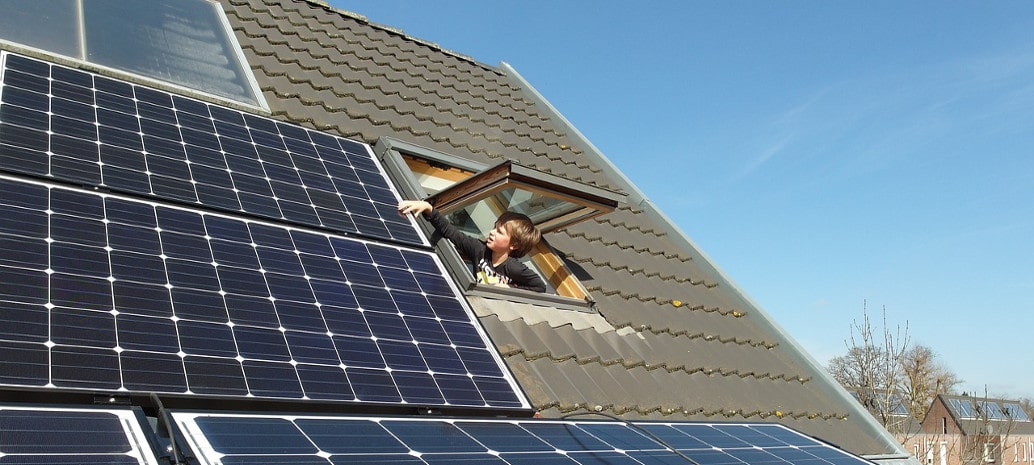When three Top 10 solar states see significant declines in installed residential solar capacity, it’s going to slow the country’s overall growth significantly. But thankfully, in true U.S. fashion, other solar states are there to pick up the slack while those three recover.
GTM Research, in partnership with the Solar Energy Industries Association (SEIA), will soon release the Q2 2017 U.S. Solar Market Insight report, indicates that lulls in California, New York and Massachusetts led a 17% nationwide decline in new residential capacity in the first quarter of 2017 compared to the same time last year. The report also indicates new residential install volume dropped 11% from the final quarter of 2016.
As pv magazine has reported, California’s residential solar market has shown signs of weakness in the first quarter, the result in part of an unusually wet winter that inhibited installers’ ability to get out in the field. Other factors in California’s decline include rocky transitions by the state’s investor-owned utilities to Net Metering 2.0. segment with the bankruptcies of Heliopower and Sungevity.
According to pv magazine conversations with GTM Research, the slide both in California and other states is in part a result of strategy shifts at Tesla/SolarCity and Vivint Solar, both of which are moving more to direct sales and focusing more on profitability than growth.
The report says California’s residential market volume dropped 22% from the fourth quarter of 2016 to the first quarter of 2017. The market’s decline is even starker year on year, with a 31% decline from 284 MW-DC to 196 MW-DC.
But the report isn’t all doom-and-gloom – far from it. While residential installation capacities have fallen significantly in three big driver states, new states are emerging. In particularly, the report highlights growth in New Jersey, South Carolina, Texas (read Americas Editor Christian Roselund’s definitive article on the Texas market) and Utah, which has seen remarkable growth in both the utility-scale and residential segments.
In addition, the report cites residential solar spikes in Pennsylvania and Florida – states less on the solar industry’s radar. Although, as expected, the growth won’t be anywhere close to enough to replace the California slide.
As the solar industry matures, one thing remains clear: It must continue to innovate. The easily convertible customers have been reached, so now it’s time for the industry to move on to its second phase and go after customers who may be slightly more difficult to sell on the concept. Reports from the GTM Solar Summit also indicate experts are looking at solar software developments as potential game-changers.
This content is protected by copyright and may not be reused. If you want to cooperate with us and would like to reuse some of our content, please contact: editors@pv-magazine.com.








By submitting this form you agree to pv magazine using your data for the purposes of publishing your comment.
Your personal data will only be disclosed or otherwise transmitted to third parties for the purposes of spam filtering or if this is necessary for technical maintenance of the website. Any other transfer to third parties will not take place unless this is justified on the basis of applicable data protection regulations or if pv magazine is legally obliged to do so.
You may revoke this consent at any time with effect for the future, in which case your personal data will be deleted immediately. Otherwise, your data will be deleted if pv magazine has processed your request or the purpose of data storage is fulfilled.
Further information on data privacy can be found in our Data Protection Policy.